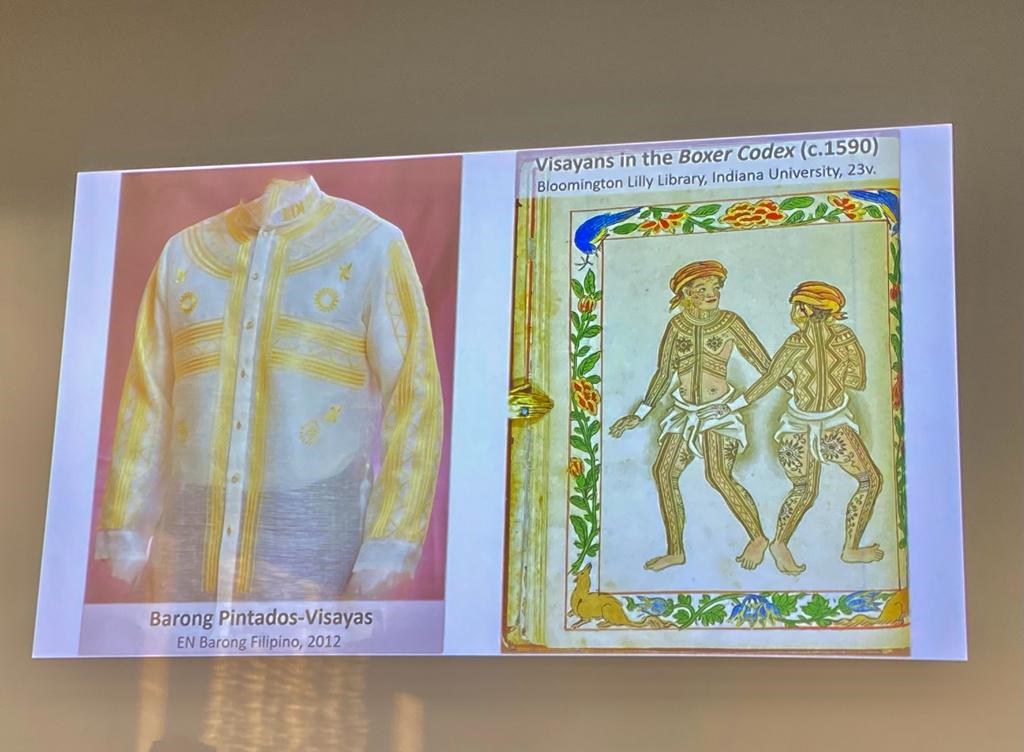lb. As recently as in March of this year, pictures of Apo Whang-Od (born around 1920*) went around the world: depicted as the last master of her craft (batok), the tattoo artist made headlines as the oldest cover girl of the fashion magazine VOGUE in their Philippine edition. Along with sun-kissed rice terraces, the face of Apo Whang-Od has perhaps become one of the most well-known motifs associated with the Cordilleras in Philippine photography. Beyond that, however, she also represents a dying tattooing tradition, which younger women in her region are said to view as archaic and too painful to continue. Apo Whang-Od is thus featured as one of the “Last Tattooed Women of Kalinga”, who were portrayed and immortalized in the photo series by Jake Verzosa (2018, Steidl Verlag).
The story is not quite as straightforward, however, as some view her portrayal as the “last master” of batok as questionable; also the fact that she applies her craft – a place-based tradition – to non-locals. For tourists getting tattooed, the preceding sacrificial ritual is typically bypassed and instead of the etchings marking a stage of life or increasing their bearer’s fertility, clients now reportedly choose from a limited menu of motifs. What exactly these mean – if at all they have a meaning – is said to be known to only to the tattoo artist herself. It appears, in any case, that tattoos, which were generally frowned upon by mainstream Filipinos just a few decades ago, are (re-)gaining popularity in contemporary Philippine society. Could it even mean that Buscalan, Apo Whang-Od’s home village, will soon have WiFi?
The ambiguous meaning that tattoos bear amid shaping and blurring identities in the Philippines is not new, however. Historian Sebestian Kroupa analyzed historical documents on the early Spanish colonies (around 1520-1720) and recently presented his findings at a colloquium organized by the ETHZ. He argues that the Philippine tattoo was used by the colonizers to engage in othering and dehumanize the native population, especially as the prevailing Iberian worldview considered tattoos as ‘barbaric’ (pun intended: they were literally associated with the Berbers of North Africa). At the same time, the sophisticated craftsmanship displayed in the tattoos they found in the Visayas proved to them that their subjects were human and therefore worthy of Christianization. In fact, the fascination of European onlookers for Philippine tattoos was such that a Filipino named Prince Giolo was even kidnapped in the Philippines by an explorer in 1690 and taken to England as an exhibit, where he later tragically died of smallpox. The impressive portrait of Prince Giolo is in the British Museum and can also be found on the SOAS platform.
Kroupa, Sebestian. “Reading beneath the Skin: Indigenous Tattooing in the Early Spanish Philippines, Ca. 1520–1720.” The American Historical Review (2022): https://doi.org/10.1093/ahr/rhac218
*depending on the source, her age is indicated differently
Image left: “Barong Pintados-Visayas”, an adaptation of the “Visayan” tattoo art on a modern Barong-Tagalog by EN Barong Filipino (2012); image right: depiction of “Visayans” (also known as Pintados, ‘painted’) in the Boxer Codex (as seen in the PowerPoint presentation by S. Kroupa)

